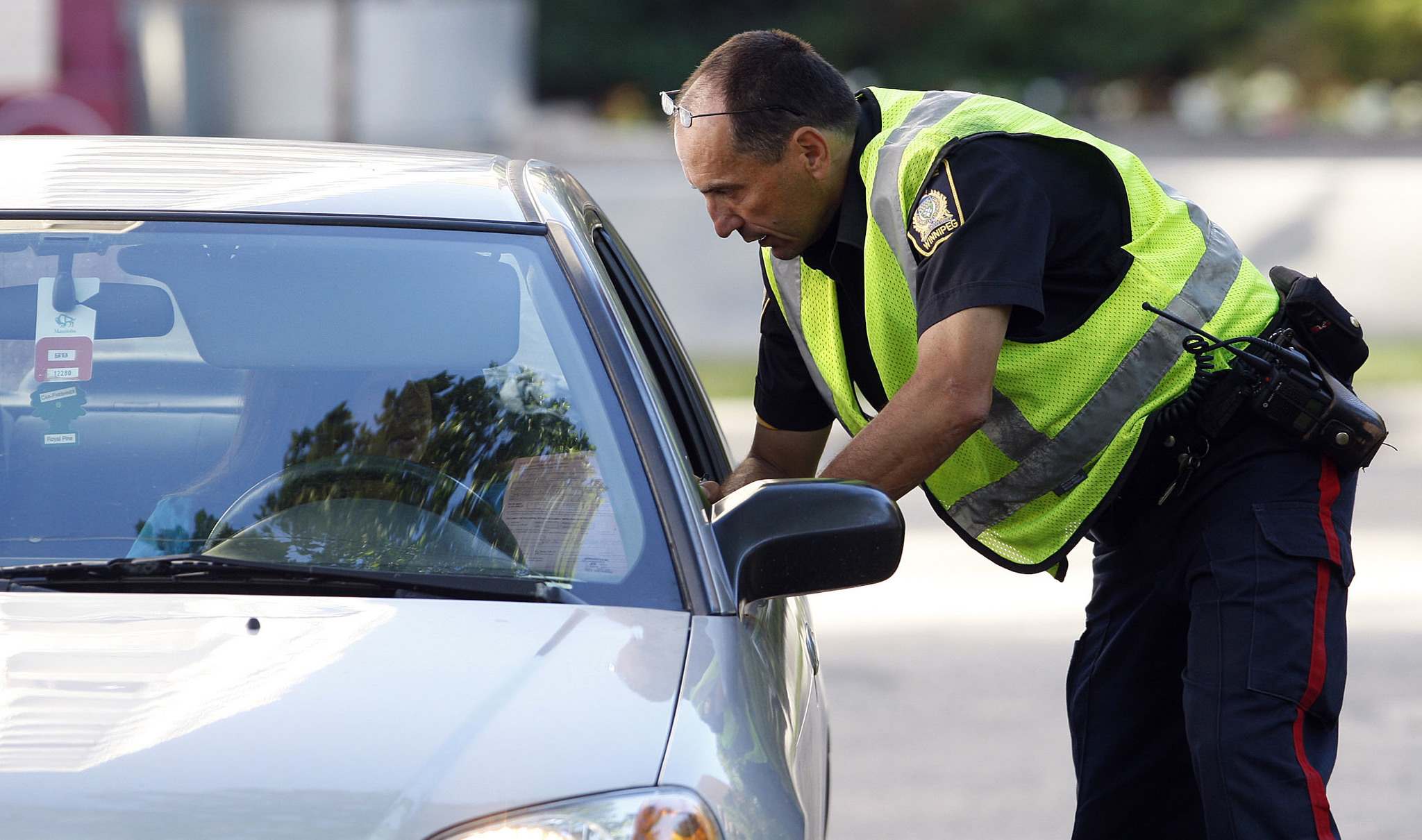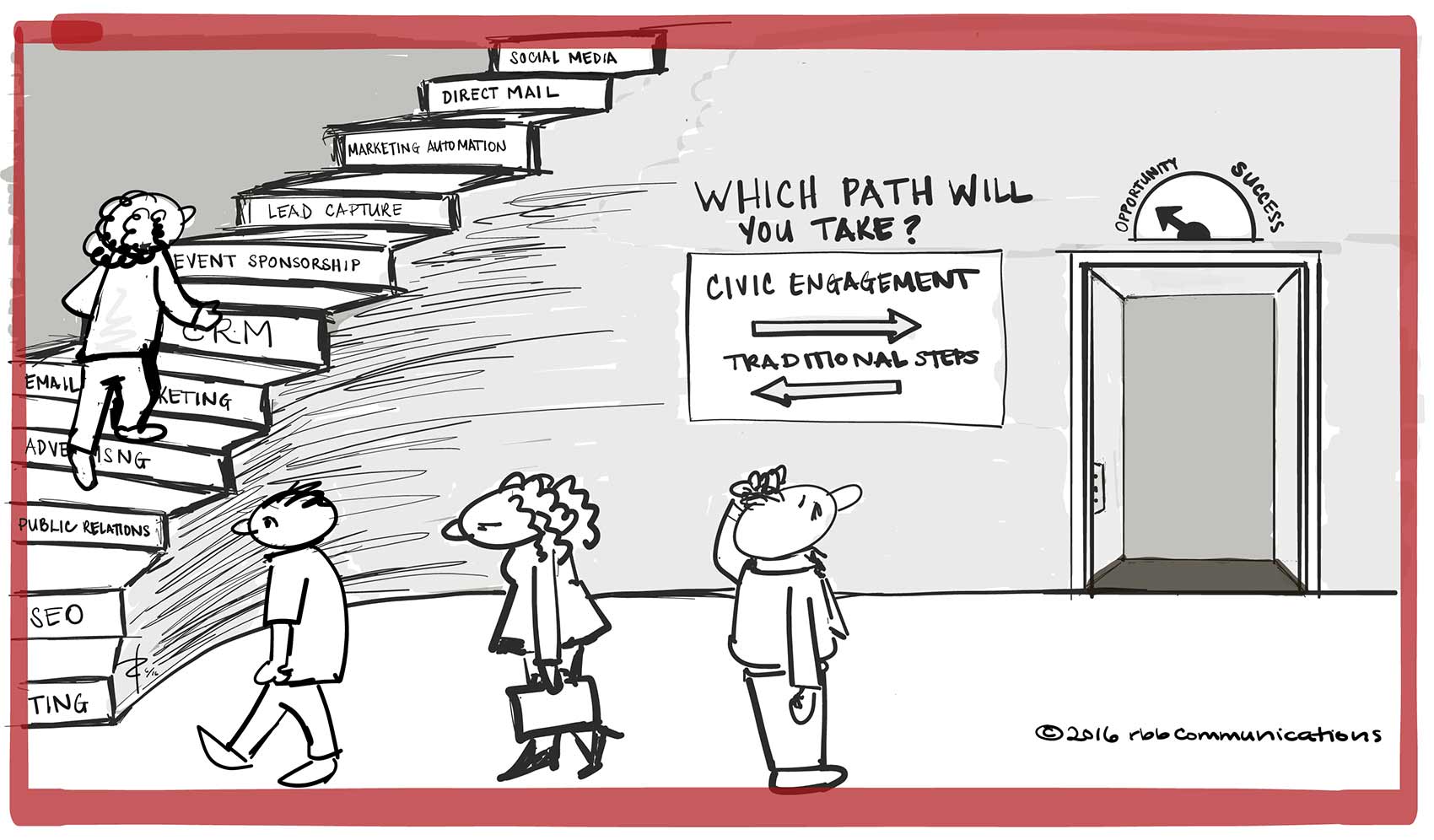
Nov 6 2019 – Concerned Citizens of Winnipeg and Manitoba
Find comment below from article and post about City of Winnipeg plans to change the police pension bylaw to make the pension more sustainable using the new Provincial public sector pension and benefits legislation. Mainly change City / taxpayers contributions from 18% to match employee contributions of 8%, require 20 years service and age 60 for full pension and remove pensionable overtime.
For more info, comments and discussion see
https://www.facebook.com/groups/WiseUpWinnipeg/permalink/10156226133501222/
—
“I would not mind nearly as much if:
-They weren’t committing fraud with drawings in court.
-They were on top of crime instead of sleeping in cars with photo radar.
-They were properly testing their devices and ACTUALLY only interested in ticketing bad or dangerous drivers.
-They would post people randomly in high theft areas, like grocery stores, liquor marts, etc instead of on busses and corners looking for phones (but even that is acceptable to me if it’s about safety and not revenue).”
—
Response
, the hand written Designated Construction Zone diagrams, sleeping in photo enforcement vehicles is WPS’s for profit “partner” Conduent (formely Xerox / Lockheed Martin / ACS) but they claim to get direction from WPS on where to “enforce”.
The breaches of charter, due process and other legal rights plus ignoring of codes of conduct, professional standards, sworn oaths, ethics etc… when issuing “violations” during pretrial and in Provincial “Offenses” ‘court” aka SCC / Traffic or kangaroo court” by the Crown, JJP’s, operators and officers is the result of the past Selinger led SpeNDP, current Pallister led PC governments, Katz and Bowman led City and Administrations, WPS Chiefs McCaskill, Clunnis and Smyth, the Police Boards plus the Judiciary (Chief Justices) choosing the 50% Province, 25% City and 25% WPS / Conduent shares / cuts in traffic “safety” revenue over proper engineering, safety, public trust, respect, confidence and econmic growth / legit tax revenue.
This abuse, extortion or government sanctioned taxation as fines involves over $70,000,000 per year taken from mostly safety conscious drivers and vehicle owners.
A similar sanctioned racket or flawed and biased “enforcement” revenue stream happening with for profit partner G4S and the Winnipeg parking “authority” which involves over $40,000,000 per year.
Combined this equates to over $450,000,000 per year or 5,000,000,000 since 2003 (when the priority became more about revenue) taken from the economy and economic growth with velocity of money.
Low income individuals and families hit the hardest with the fine option taken away to pay with community service and MPI in on the racket with officer issued “offenses” and licenses and insurance penalties plus suspension of license or preventing renewal till payment


